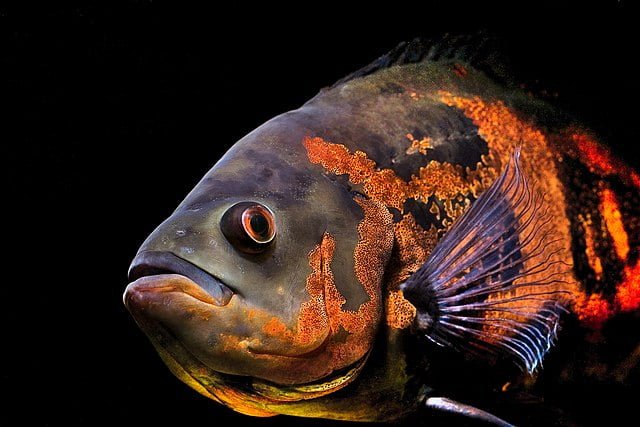
Rainbow trout aquaculture is mainly conducted in two conditions: extensive and intensive. The objective of both systems is to obtain products with maximum efficiency.
Although there are studies in the scientific literature on the nutritional quality of rainbow trout, there are no investigations that provide information on the meat structure and texture profile.
Researcher İbrahim Demirkale from the Department of Aquaculture at Çukurova University compared the qualitative characteristics of trout produced in the extensive environment with those produced in a superintensive method (RAS).
Demirkale determined through scanning electron microscopy (SEM) the textural structure and color changes of rainbow trout (Oncorhynchus mykiss) grown under different aquaculture conditions.
Concrete ponds or RAS?
The study includes the study of rainbow trout raised in concrete ponds at a density of 3 kg/m3 and in recirculating aquaculture systems (RAS) at a density of 20 kg/m3.
As a result of the tests performed on the texture analyzer, the hardness, elasticity, cohesion, gumminess, and chewiness values were reported to be significantly higher in the trout raised in concrete ponds than in the fish raised in RAS.
Texture measurements and evaluations for fish and fish fillets are important in the fish and seafood industry and in product development, with quality control and freshness assurance.
Color measurements
Color in fish and seafood is one of the most important sensory/visual acceptance criteria for consumers. Color is one of the main parameters in fish meat marketing.
Stay Always Informed
Join our communities to instantly receive the most important news, reports, and analysis from the aquaculture industry.
“The results of this study showed that the growth of fish in both systems was in good condition in terms of color values, especially in terms of the L value, which expresses brightness,” they report.
Conclusion
“The results of SEM and texture showed that the meat of the trout raised in the extensive system (concrete ponds) was harder and more compact than the meat of trout raised in RAS,” they report.
They also highlight that there was no difference between the groups in the color results.
The results of this study can be considered as very important in terms of comparing the quality of fish meat raised in different environments with different parameters.
Reference (open access):
Demirkale, İbrahim. (2023). Investigation of ultrastructure and texture changes of fillets of rainbow trout grown under different aquaculture systems: Structural comparison of trout fillets in different aquaculture systems. Cellular and Molecular Biology, 69(1), 114–118. https://doi.org/10.14715/cmb/2022.69.1.20
Editor at the digital magazine AquaHoy. He holds a degree in Aquaculture Biology from the National University of Santa (UNS) and a Master’s degree in Science and Innovation Management from the Polytechnic University of Valencia, with postgraduate diplomas in Business Innovation and Innovation Management. He possesses extensive experience in the aquaculture and fisheries sector, having led the Fisheries Innovation Unit of the National Program for Innovation in Fisheries and Aquaculture (PNIPA). He has served as a senior consultant in technology watch, an innovation project formulator and advisor, and a lecturer at UNS. He is a member of the Peruvian College of Biologists and was recognized by the World Aquaculture Society (WAS) in 2016 for his contribution to aquaculture.




